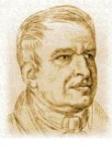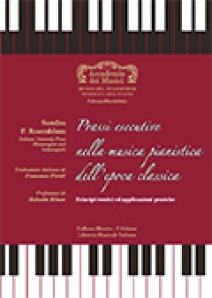Arias for Stefano Mandini: Mozart’s first Count Almaviva (Middleton: A-R Editions. 2015) presents 13 arias that portray the voice of Stefano Mandini, who created the role of Count Almaviva in Mozart’s Le nozze di Figaro in 1786.
 Dating from the peak of Mandini’s career in the 1780s, the arias were composed by Giuseppe Sarti, Giovanni Paisiello, Giuseppe Gazzaniga, Pietro Alessandro Guglielmi, Antonio Salieri, and Vicente Martín y Soler. Taken together, they show a versatile singer who sang serious and comical roles in both tenor and baritone ranges.
Dating from the peak of Mandini’s career in the 1780s, the arias were composed by Giuseppe Sarti, Giovanni Paisiello, Giuseppe Gazzaniga, Pietro Alessandro Guglielmi, Antonio Salieri, and Vicente Martín y Soler. Taken together, they show a versatile singer who sang serious and comical roles in both tenor and baritone ranges.
The arias are presented in the form of vocal scores, some taken from 18th-century editions and some made from orchestral scores. The edition and commentary are by Dorothea Link.
Below, Saper bramate from Paisiello’s Il barbiere di Siviglia (1782), one of the arias included in the collection.















